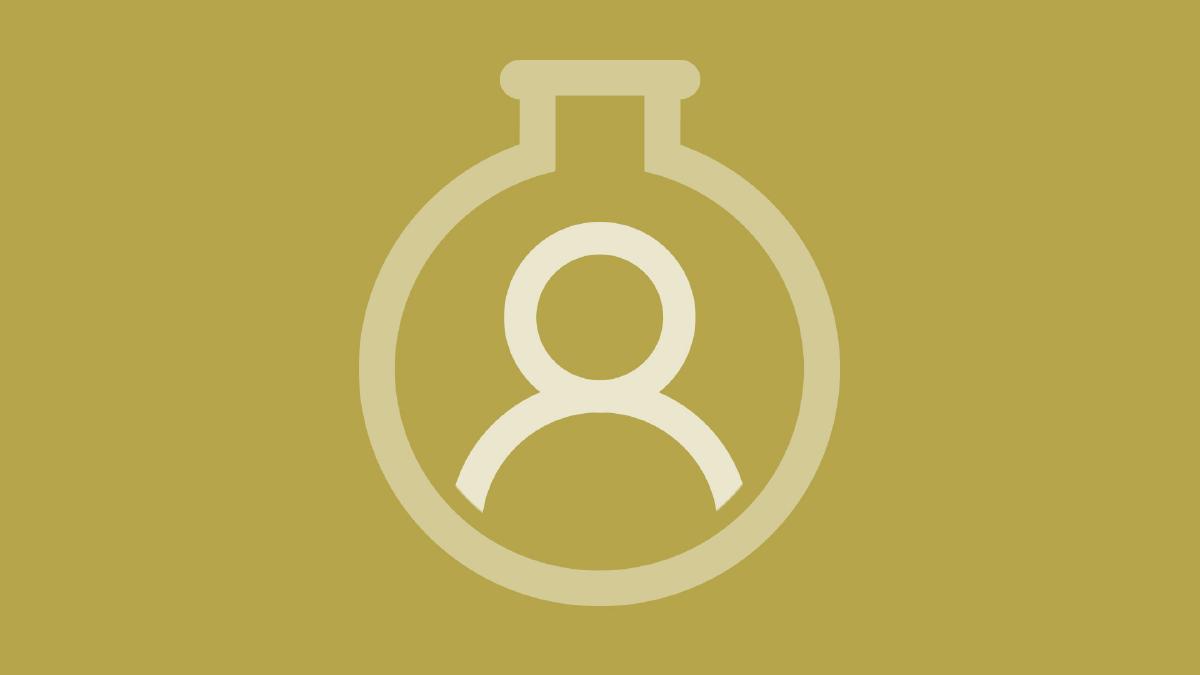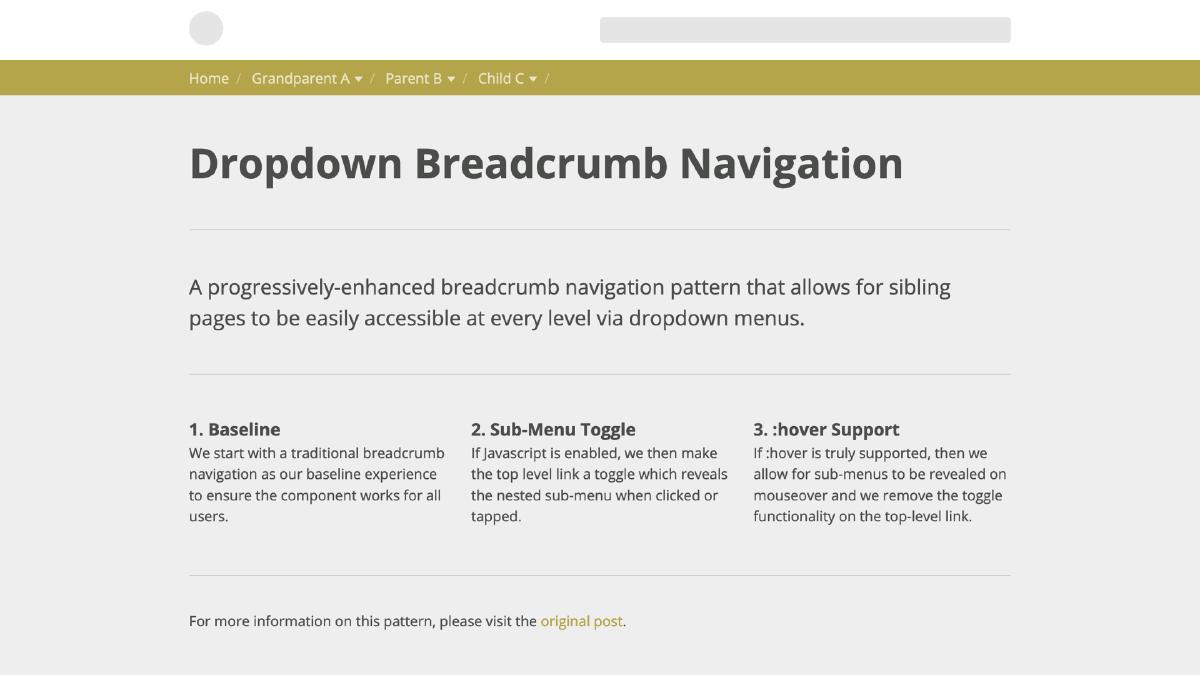User Testing for Designers

Usability testing is a helpful tool when it comes to informing and validating design decisions. What was once thought of as the responsibility of just information architects or user experience designers is now a tool available to anyone. This is great because the more accessible user test are, the easier it is to incorporate data and analysis into your design process. But it is often a challenge to know what test is the most appropriate, and when it should be leveraged.
Categories of User Tests
There are two categories of user test: those that are moderated, and those that are unmoderated. While both have their benefits, unmoderated test have a number of advantages. Not only are they easier to implement, but they also save time, money, and provide more accurate results in regards to how your design will perform in the wild. For this reason, they are a great fit for designers that need to quickly incorporate user testing into their process without having to coordinate experienced moderators and users that come at a significant cost.
Types of Tests
There are numerous types of user tests, some of which are more useful than others. An important factor in determining the right test is knowing how test work and when they are most effective. Let’s take a look at some time-tested approaches:
Card Sorting
Card sorting tasks participants with sorting ‘cards’ that represent sub-pages or content into categories. This test is useful for creating and testing any taxonomy, particularly navigation. In addition to sorting cards, participants can also be asked to label each category in which the cards are sorted under.
When to Use:
Card sorting is most effective for determining top-level navigation or testing the efficiency of pre-existing navigation against actual users. It’s a good idea to roll this one out early.
Tree Test
Tree test tasks participants with finding information in a clickable sitemap which is represented via a simple tree navigation. By simplifying your information architecture and then asking participants to find specific info, you can evaluate if the structure of your sitemap will make sense to users by measuring time and success rate for each task.
When to Use:
Tree test are most effective for testing a sitemap because it will identify problems with your site hierarchy, which lays the foundation for your content structure. It’s a good idea to roll this one out early as well.
First Click Test
First click test work by examining what the first click is for participants tasked with finding specific information. By asking participants to interact with a working prototype or wireframe of your design, you can begin to get quantitative guidance into how actual users will respond.
When to Use:
First click test are most effective for gaining insight into how users will interact with your design. Therefore, this test is a good one to leverage towards the end of wire framing and during the early stages of design.
Remote Usability Test
Usability test come in a variety of flavors, all of which are engineered to measure the overall usability of your product. These test work by monitoring a larger sample of participants while providing deeper insights into behavior. There are many options available for usability tests, including the ability to monitor participants screens and record articles.
A popular alternative to remote usability testing is “Hallway” Usability test, which comes at a much smaller price tag. This works by asking a random selection of participants* to complete a specific task while you stand back and takes note. The key here is to not intervene with their interaction and to pay close attention to common bottlenecks for participants.
When to Use:
Usability test are most effective once your website or product is stable and is ready to launch, or before and after a major release or update.
A/B Test
A/B test (also know as split test) work by having two variations of the same design in production and then monitoring which one is more performant in regards to a specific metric, which can be anything from clicks to conversions.
When to Use:
A/B test are most effective for comparing relatively small variations against actual users. Therefore, it must be implemented after your product/website has launched.
Once you know what user test is the most appropriate and when they should be leveraged, you have the ability to inform design decisions and free yourself from relying solely on design intuition or subjectiveness. This analytical understanding of how users interact with your product/website will not only improve your work, but it will give you solid reinforcement when justifying your design decisions to clients and stakeholders. In addition to this, user test will give you measurements to gauge success and identifying places that need improvement after launch, ensuring that your work will continue to evolve and respond to users.
Further Reading
- Myth #22: Usability Testing is Expensive
- Improving Your Website Usability Tests
- Beyond Usability Testing

